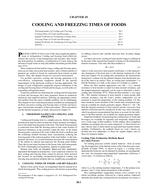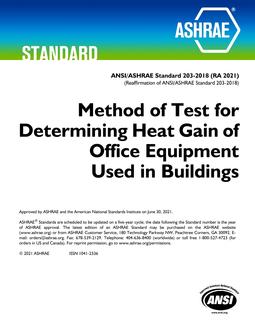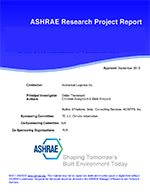The impacts of a changing climate are wide-ranging in both impact and scope. This paper investigates the effect that realistic climate variability wouldhave on building energy demands in Salt Lake City, UT to inform planning for air quality impacts. Energy demand scenarios were derived using climateprojections through the year 2040, at two different scales: individual model buildings, representing recent construction codes; and a group of actualbuildings in the central business district of Salt Lake City, encompassing a primarily commercial set of the existing building stock. Current weather dataobservations and future weather based on climate predictions were obtained from Atmospheric Sciences researchers at the University of Utah. Thecorresponding changes in energy consumption are illustrated using detailed building energy modeling (BEM) for the three representative individual modelbuildings: large and small office buildings and a hospital. Then changes in energy consumption are modeled using simplified BEM for the group of actualbuildings. Finally, related changes in associated building-related emissions of CO2 are presented. Results indicate that both direct and indirect emissionstend to increase as the climate warms and temperature variability increases. However, heating load decreases under these climate variability scenarios,which may result in small decreases in direct emissions, for gas heating, or indirect emissions, for electrical heating.
Citation: 2017 Winter Conference, Las Vegas, NV, Conference Papers
Product Details
- Published:
- 2017
- Number of Pages:
- 8
- Units of Measure:
- Dual
- File Size:
- 1 file , 1 MB
- Product Code(s):
- D-LV-17-C039


